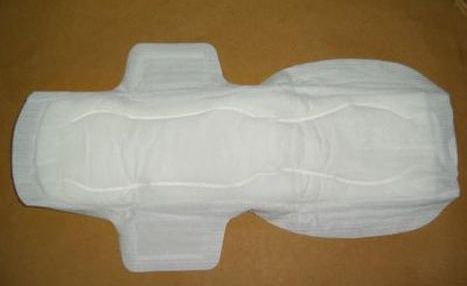
The menstrual cycle or periods in girls is an important part of the human reproduction cycle. While males aren’t born with reproductive organs that include ovaries and uterus, girls are born with a pair of ovaries, each of which holds thousands of extremely tiny eggs. These are all the eggs girls will ever have. Once girls reach puberty, which happens when their age is usually between 11 and 15 years, roughly in a month an ovary releases an egg due to some hormone changes in the body.
This egg swims along to the womb, the part where a baby would grow if the egg has been fertilized by a male’s sperm. By this time, when an egg is released by the ovary, it is the biggest cell in the human body and is about as big as the head of a common pin. This process is called ovulation. From here the egg moves through the fallopian tube towards the uterus.
Most of the time, the egg breaks apart before it gets to the uterus, but if a sperm from a male is on the way to the uterus they can join together, and this process is called fertilization. If an egg is fertilized, it leads to pregnancy. However, before the egg comes out of the ovary, the uterus begins building up a lining that is made up of tissue and blood. This lining creates the perfect environment for the egg if pregnancy happens.
If there is no sperm to fertilize the egg, the egg breaks apart and the lining that was made to protect the egg in case of pregnancy is of no use to the body. It then flows out of the uterus, through the cervix and out of the women’s body through the vagina. This process is called menstrual flow and a women is having her periods when this happens.